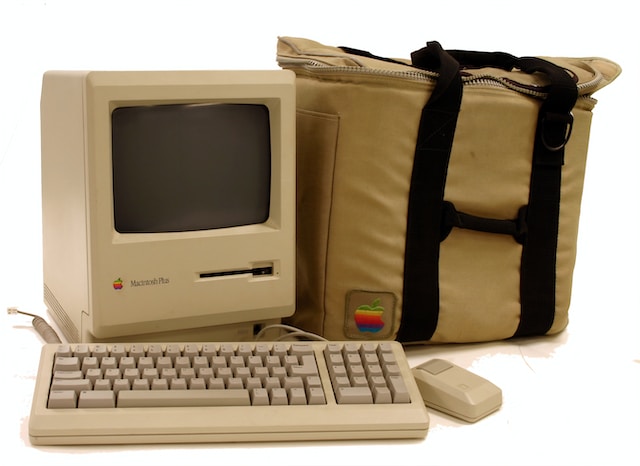Apple Inc. has been at the forefront of the tech industry for decades, renowned for its cutting-edge products and innovative designs. One of its most iconic and influential creations is the Apple computer line, which has revolutionized personal computing. In this article, we will delve into the fascinating world of Apple computers, tracing their evolution from the early days to the present.
The Birth of Apple Computers
Apple’s journey in the realm of personal computing began in 1976 when Steve Jobs, Steve Wozniak, and Ronald Wayne co-founded the company. Their first product, the Apple I, was a modest success and marked the beginning of a technology empire. With a mere 8K of RAM, it was a far cry from today’s machines but laid the foundation for Apple’s commitment to user-friendly technology.
Macintosh: The Game-Changer
In 1984, Apple unveiled the Macintosh, a groundbreaking computer with a graphical user interface (GUI). The Macintosh brought personal computing to the masses with its intuitive design, a stark contrast to the command-line interfaces prevalent at the time. This innovation set Apple apart and shaped the future of computing.

The Power Mac and iMac Era
The early ’90s saw the introduction of the Power Macintosh, a line of powerful and expandable computers, catering to both professionals and enthusiasts. Then came the iMac in 1998, famous for its colorful, translucent design and a commitment to simplicity. The iMac’s success reinvigorated Apple, setting the stage for the company’s resurgence.
The Macbook Series
Apple’s laptops have become iconic. The MacBook Air, introduced in 2008, redefined portability with its slim design and lightweight build. Meanwhile, the MacBook Pro catered to professionals with its powerful performance and high-resolution Retina display. Both models remain popular choices for users today.

Transition to Intel Processors
For years, Apple relied on Intel processors, but in 2020, they made a groundbreaking announcement. Apple would transition to their custom-designed Apple Silicon chips, like the M1, marking a significant departure from Intel. This shift promised improved performance, energy efficiency, and tighter integration with macOS.
macOS: The Operating System
The Mac experience is incomplete without macOS, Apple’s desktop operating system. Over the years, macOS has evolved, offering features like Siri integration, a robust App Store, and iCloud integration for seamless data sharing across Apple devices.
The Mac App Ecosystem
The Mac App Store provides a vast selection of software and apps for various needs, from productivity tools to creative applications. This ecosystem is a testament to Apple’s commitment to user convenience, with many apps designed to sync effortlessly with their iOS counterparts.
Apple’s Commitment to Sustainability
Apple is committed to reducing its environmental footprint. Apple computers are now made with recycled materials, and the company is carbon-neutral. This focus on sustainability aligns with the growing global concern for the environment.
Conclusion
Apple’s journey in the world of computers has been marked by innovation, design excellence, and a commitment to user experience. From the early days of the Apple I to the cutting-edge Apple Silicon chips, the company has consistently pushed the boundaries of what’s possible in personal computing. As we look to the future, one thing is certain: Apple computers will continue to shape the way we work, create, and connect in an ever-evolving digital world.

Leave a Reply